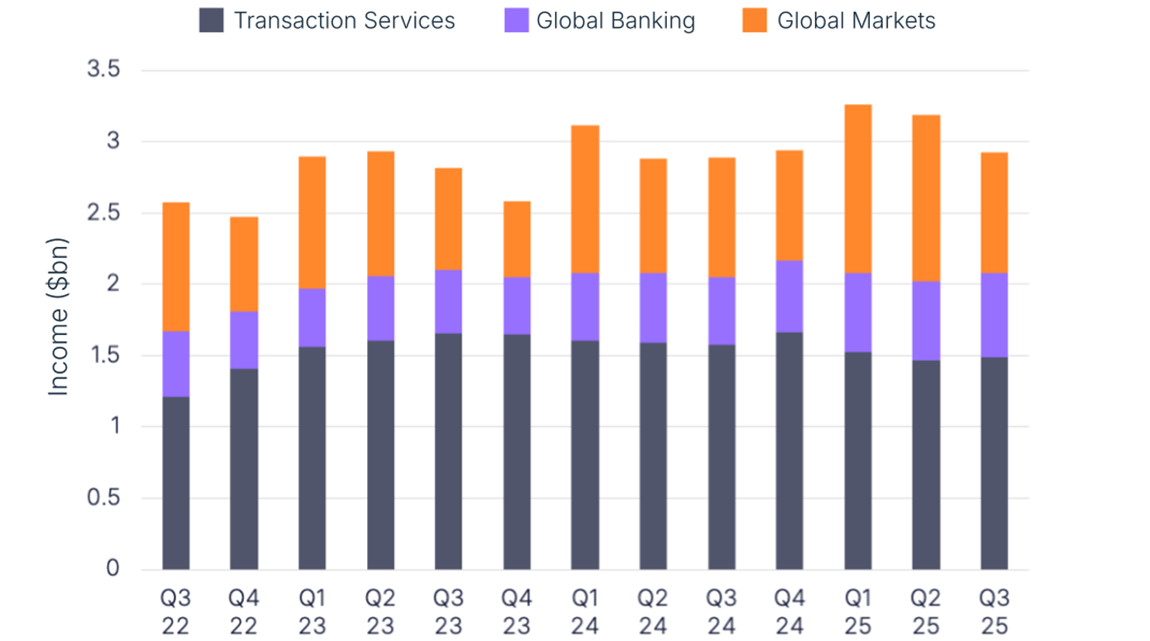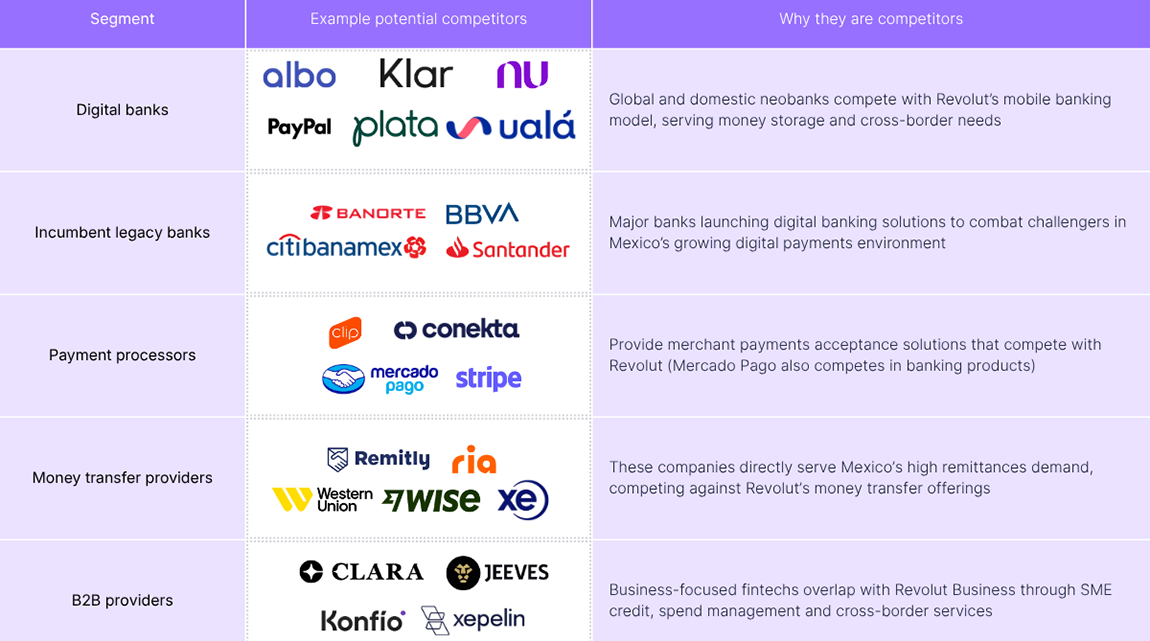Last week, we had the opportunity to present some of our data at the Economics of Payments XII Conference. Hosted this year by the Federal Reserve Board in Washington, DC, this is an annual meeting of economists, academics and central bankers, and provides valuable insights into how the policymaking and governmental end of the industry is viewing the changing payments landscape.

Hosted over two days, the conference included a keynote from Sir John Cunliffe, the outgoing Deputy Governor for Financial Stability at the Bank of England, as well as a wide variety of papers presented by experts from organisations including the Federal Reserve, the Bank of Canada and the International Monetary Fund. While the topics were diverse, there were some common trends across the conference.
Stablecoins remain a key concern for central banks
- In his keynote, Cunliffe opened by saying that Facebook’s 2019 announcement of the now-abandoned multicurrency stablecoin Libra had an impact on the space that is “difficult to overstate”, drawing comparisons with the arrival of US ships in Tokyo harbour in 1853 and arguing that it had woken central banks and regulators to the potentially game-changing appearance of a “new form of money”.
- For the industry, this has “galvanised action” to create international and domestic standards and frameworks for stablecoins, according to Cunliffe, with the Bank of England among those who now have the power to regulate digital settlement assets including stablecoins.
- There was widespread acknowledgement that the impact from stablecoins had not yet been fully felt, with varying degrees of concern from attendees over the long-term likelihood of a transformative impact, but the announcement of recent initiatives such as PayPal and Paxos’s PYUSD does suggest that they remain a focus.
- This is also translating into concerns around how stablecoins might interoperate with and impact the wider economic system. The Federal Reserve Bank of Boston’s Mattia Landoni presented a paper on how flights to safety occurred during stablecoin depegging incidents, with analogies to the FX market.
- Meanwhile, the Federal Reserve Board’s Sharon Ross looked at the role of secondary markets in stablecoins’ value, and demonstrated that shocks could be filtered through to both the fiat and crypto markets in both directions.
CBDCs are still in consideration
- Central bank digital currencies (CBDCs), arguably the central bank response to stablecoins, were also a subject of extensive discussion. While very few economies have launched CBDCs, the majority of central banks are exploring the topic and many are undertaking extensive trials.
- Cunliffe highlighted the Bank of England’s work on the Digital Pound, which he stressed “no decision has been taken” on the introduction of, but said that it could be used to maintain the “singleness of money” in an environment where new forms of money and payment systems were emerging, as well as helping to foster competition and innovation.
- Meanwhile, Michael S. Barr, Vice Chair for Supervision, Board of Governors of the Federal Reserve System, also highlighted US CBDC efforts, saying that the Fed had also not made a decision on issuing a CBDC but that both domestic and international decision-making was key to ensuring their effective use.
- Several papers presented at the conference also looked at the knock-on impacts of CBDCs on the wider financial system. The International Monetary Fund’s Marcello Miccoli explored how CBDCs may structurally intermediate banks by prompting an outflow of deposits, but found that a country’s economic structure could be key to minimising this.
- The Bank of Canada’s Jiaqi Li meanwhile explored how the provision of physical service locations may impact adoption of CBDCs among consumers, suggesting that such networks were still important for a digital-based currency.
The G20 roadmap is renewing focus on cross-border payments
- Cunliffe also highlighted the importance of the G20 roadmap for reducing costs and frictions in cross-border payments. The first report containing detailed data to benchmark against, much of which was provided by FXC Intelligence, was published in October and has for the first time enabled the industry to assess its performance against targets set in 2021, as well as, said Cunliffe, “identify more precisely the areas for action that are likely to yield the greatest improvement”.
- This is increasing focus on upgrading financial systems, including areas such as instant payments and real-time gross settlement systems, as well as the interlinking of such systems. These saw considerable focus at the conference, with a number of papers exploring such topics, including looking at examples from Brazil’s faster payments system Pix and India’s UPI.
- The University of Milano-Bicocca’s Lucas Argentieri Mariani looked at how bank infrastructure outages caused by destructive bank heists drove adoption of Pix in Brazil, with potential implications for how to drive greater adoption of financial technologies among consumers. Meanwhile, the University of Pennsylvania’s Sergey Sarkisyan looked at Pix for lessons on how instant payments could change competition between banks.
- Meanwhile, Tamanna Singh Dubey, from the University of Michigan – Stephen M. Ross School of Business, showed that the introduction of UPI helped drive economic growth in India, focusing on the wide variation in adoption rates across different regions.
How is FXC Intelligence’s data powering central bank strategies?


